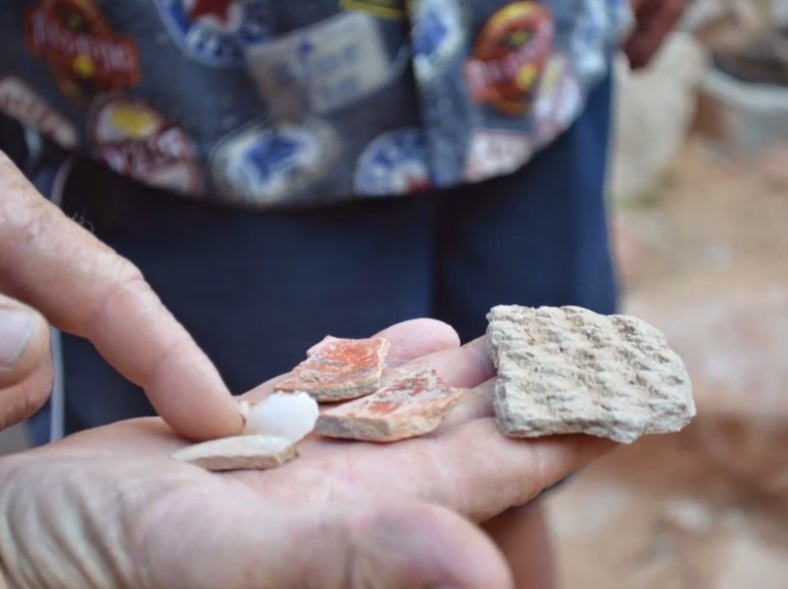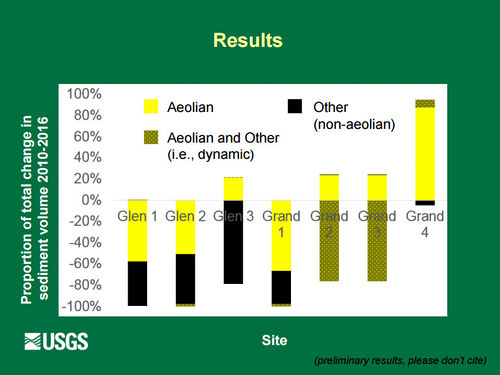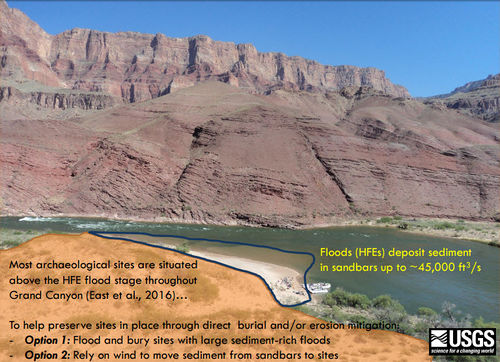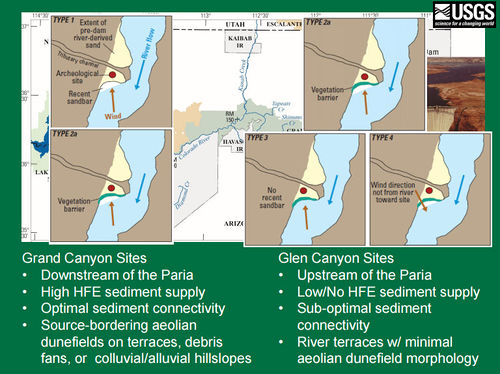- Fact Sheets
- Training
- Knowledge Assessments
- Trivia
- Key Topics
Difference between revisions of "CULTURAL"
Cellsworth (Talk | contribs) |
Cellsworth (Talk | contribs) |
||
| Line 80: | Line 80: | ||
*[http://gcdamp.com/index.php?title=GCDAMP_CRAHG_Page Cultural Resources (CRAHG) AdHoc Group] | *[http://gcdamp.com/index.php?title=GCDAMP_CRAHG_Page Cultural Resources (CRAHG) AdHoc Group] | ||
*[http://www.gcmrc.gov/research_areas/cultural_resources/cultural_resources_default.aspx USGS-GCMRC Cultural Resources Link] | *[http://www.gcmrc.gov/research_areas/cultural_resources/cultural_resources_default.aspx USGS-GCMRC Cultural Resources Link] | ||
| + | |||
| + | |- | ||
| + | ! <h2 style="margin:0; background:#cedff2; font-size:120%; font-weight:bold; border:1px solid #a3b0bf; text-align:left; color:#000; padding:0.2em 0.4em;"> Cultural Projects </h2> | ||
| + | |- | ||
| + | |style="color:#000;"| | ||
| + | |||
| + | [http://gcdamp.com/index.php?title=Aeolian_Sand_Transport Aeolian Sand Transport Project] | ||
|- | |- | ||
| Line 85: | Line 92: | ||
|- | |- | ||
|style="color:#000;"| | |style="color:#000;"| | ||
| + | |||
*[[Media:Draft GCMRC Monitoring Plan w Appendix.docx| Draft plan for monitoring effects of geomorphic processes at archaeological sites in Grand & Glen Canyon. 10/7/15]] | *[[Media:Draft GCMRC Monitoring Plan w Appendix.docx| Draft plan for monitoring effects of geomorphic processes at archaeological sites in Grand & Glen Canyon. 10/7/15]] | ||
Revision as of 10:16, 23 March 2017
|
|
Cultural ResourcesThe lower reaches of Glen Canyon and the river corridor through Grand Canyon National Park, Arizona, have been used by humans for at least 13,000 years. Today, at least nine contemporary Native American Tribes claim traditional cultural ties to this area. Grand Canyon National Park contains more than 4,000 documented prehistoric and historic sites, and about 420 of these sites are located in proximity to the Colorado River. The lower reaches of Glen Canyon contain an additional 55 sites. In addition to archaeological sites, cultural resources along the Colorado River corridor include historic structures and other types of historic properties, as well as biological and physical resources that are of traditional cultural importance to Native American peoples such as springs, unique landforms, mineral deposits, native plant concentrations, and various animal species. Desired Future Condition for Cultural ResourcesPrehistoric Archaeological Sites and Historic Sites: |
| Tribal Ecological Knowledge |
Cultural Resources Library |
Tribal Perspectives |
|---|
|
|




